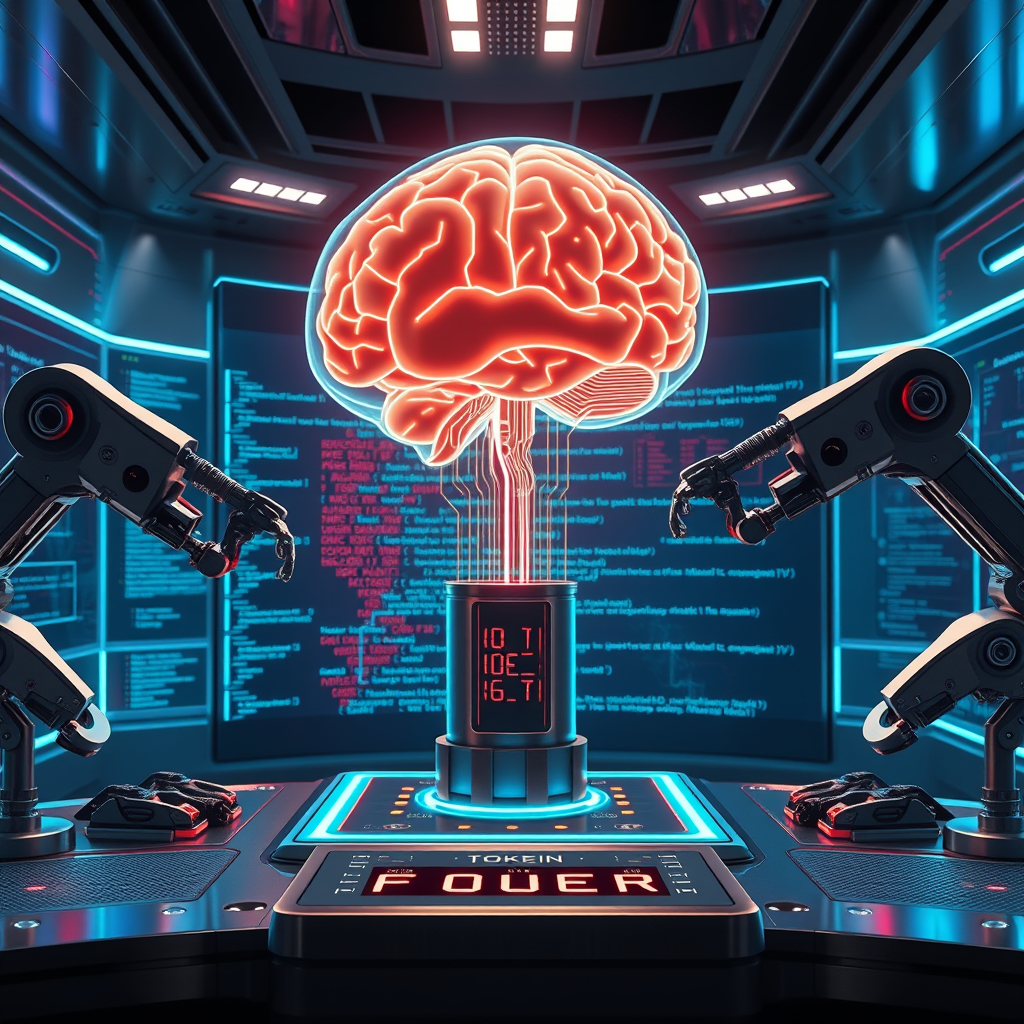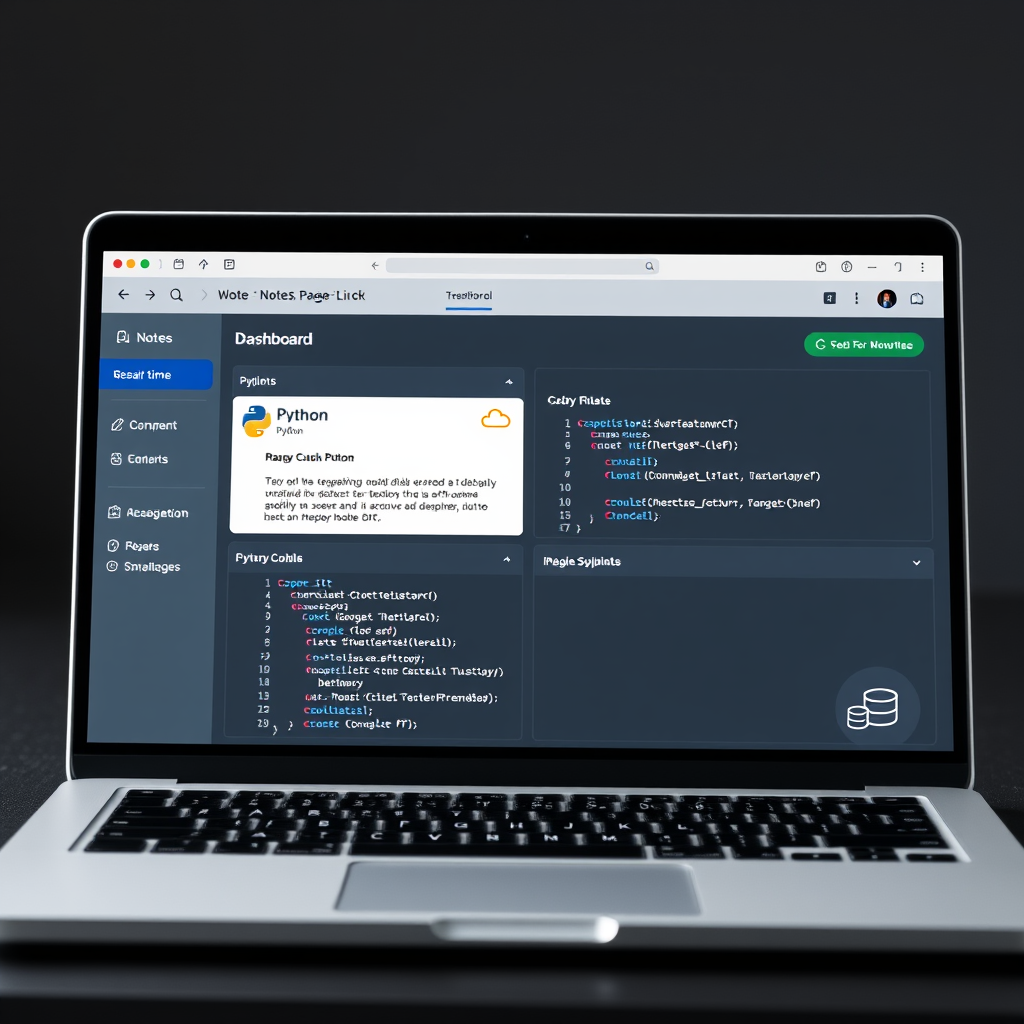
Introduction
The announcement of a $1.2 billion investment in an AI‑cloud platform by Nvidia and Deutsche Telekom marks a watershed moment for Europe’s industrial sector. While the United States and China have long dominated the conversation around large‑scale AI infrastructure, this partnership signals that the continent is finally ready to stake its claim in the race to harness artificial intelligence for manufacturing, logistics, and services. The platform, described as “first of its kind,” promises to bring Nvidia’s cutting‑edge GPU technology and deep learning frameworks to the doorstep of European enterprises, while leveraging Deutsche Telekom’s extensive network footprint and regulatory expertise. In a world where data sovereignty, latency, and compliance are as critical as raw compute power, the collaboration offers a compelling blend of performance, security, and local presence.
Beyond the headline figures, the initiative reflects a broader trend: the convergence of cloud, edge, and AI to create a seamless digital ecosystem for industry. By integrating Nvidia’s powerful GPUs with Deutsche Telekom’s 5G and fiber networks, the platform can deliver real‑time inference at the edge, reducing the need for costly data center migrations and enabling faster decision‑making on the factory floor. The partnership also underscores the importance of public‑private collaboration in building the infrastructure that will support the next wave of automation, predictive maintenance, and digital twins.
In this post, we unpack the technical, economic, and regulatory dimensions of the new AI cloud, explore its potential impact on European manufacturing, and consider what this means for businesses that are looking to future‑proof their operations.
Main Content
Strategic Partnership and Investment
Nvidia’s reputation as the GPU powerhouse behind most modern AI workloads is well‑established, while Deutsche Telekom’s role as a pan‑European telecom operator gives it unparalleled access to the continent’s data traffic. The $1.2 billion investment is split between the two companies, with each contributing capital, expertise, and infrastructure. This joint venture is not merely a financial arrangement; it is a strategic alignment that seeks to create a vertically integrated AI ecosystem. Nvidia brings its CUDA programming model, TensorRT inference engine, and the latest Ampere GPUs, while Deutsche Telekom supplies a network of data centers, 5G base stations, and a robust cybersecurity framework.
The partnership also addresses a key pain point for European firms: the lack of a homegrown AI cloud that can match the scale and performance of Amazon Web Services or Microsoft Azure. By offering a platform that is both high‑performance and compliant with the General Data Protection Regulation (GDPR), the venture provides a compelling alternative for companies that cannot afford to ship sensitive data outside the EU.
Technical Architecture and Edge Capabilities
At the heart of the platform lies a hybrid architecture that blends centralized cloud resources with distributed edge nodes. Nvidia’s GPUs are deployed in both data centers and on edge devices, allowing workloads to be scheduled dynamically based on latency, bandwidth, and data locality. The platform’s orchestration layer, built on Kubernetes, automatically places inference jobs on the most appropriate node, ensuring that time‑critical applications such as real‑time defect detection or predictive maintenance can run with sub‑millisecond latency.
Edge nodes are equipped with Nvidia’s Jetson modules, which provide a compact, power‑efficient solution for on‑site inference. These modules can process sensor data from industrial Internet of Things (IIoT) devices, run neural networks, and send only the distilled insights back to the central cloud. This reduces bandwidth consumption and mitigates the risk of exposing raw data to external networks. The platform also supports Nvidia’s DeepStream SDK, enabling video analytics and object detection at the edge—an essential capability for smart factories that rely on camera feeds to monitor production lines.
Security is woven into every layer of the architecture. Deutsche Telekom’s experience with telecom-grade encryption and identity management ensures that data in transit and at rest is protected. Moreover, the platform offers built‑in compliance tools that automatically enforce GDPR requirements, such as data minimization, purpose limitation, and user consent management.
Industrial Use Cases and Market Impact
The most immediate beneficiaries of the new AI cloud are manufacturing firms that are already experimenting with automation and digital twins. By leveraging Nvidia’s deep learning frameworks, companies can train models to predict equipment failures, optimize supply chains, and personalize production schedules. For example, a German automotive supplier could use the platform to run a neural network that predicts when a robotic arm will require maintenance, thereby reducing unplanned downtime.
Logistics operators also stand to gain from the platform’s low‑latency inference capabilities. Real‑time route optimization, dynamic load balancing, and predictive demand forecasting can all be powered by AI models that run directly on the edge, ensuring that decisions are made on the fly without the bottleneck of a distant cloud.
Beyond manufacturing and logistics, the platform’s versatility extends to sectors such as energy, where AI can forecast consumption patterns, and healthcare, where it can assist in diagnostic imaging. The key advantage is the ability to run complex models locally, thereby preserving data sovereignty while still reaping the benefits of advanced analytics.
Regulatory and Data Privacy Considerations
One of the most significant hurdles for AI adoption in Europe has been the regulatory environment, particularly GDPR. The new platform addresses these concerns head‑on by incorporating privacy‑by‑design principles. Data is processed locally whenever possible, and only aggregated or anonymized insights are transmitted to the central cloud. The platform also provides audit trails and data lineage tracking, enabling companies to demonstrate compliance during regulatory inspections.
In addition to GDPR, the platform aligns with the European Union’s Digital Services Act and the forthcoming AI Act, which aim to create a trustworthy AI ecosystem. By offering transparent model governance, bias mitigation tools, and explainability features, the platform positions itself as a compliant solution for high‑stakes applications.
Future Outlook and Competitive Landscape
While the partnership between Nvidia and Deutsche Telekom is a bold move, it is not the only player in the European AI cloud space. Other incumbents, such as SAP and Siemens, are also developing AI‑enabled platforms tailored to industry. However, the combination of Nvidia’s hardware dominance and Deutsche Telekom’s network reach gives the new platform a unique competitive edge.
Looking ahead, the platform is poised to evolve into a full‑stack AI service provider, offering not just compute but also data pipelines, model training, and deployment tools. The integration of 5G will further enhance real‑time capabilities, enabling use cases such as autonomous vehicle coordination and remote robotic surgery.
Conclusion
The launch of a $1.2 billion AI cloud by Nvidia and Deutsche Telekom represents more than a financial commitment; it is a strategic statement that Europe is ready to build a sovereign, high‑performance AI ecosystem. By marrying Nvidia’s GPU technology with Deutsche Telekom’s network infrastructure, the platform offers a hybrid architecture that delivers low‑latency inference, robust security, and regulatory compliance. For industrial firms, this means the ability to deploy sophisticated AI models on the factory floor without compromising data sovereignty or incurring prohibitive bandwidth costs.
The partnership also sets a precedent for public‑private collaboration in the tech sector, demonstrating that large‑scale infrastructure projects can be built with a focus on local needs and global standards. As the platform matures, it will likely become a cornerstone of Europe’s digital transformation, enabling manufacturers, logistics operators, and other high‑value industries to unlock new efficiencies, reduce downtime, and create smarter products.
In a world where AI is becoming the new electricity, the Nvidia‑Deutsche Telekom AI cloud offers a reliable, compliant, and high‑performance conduit for the continent’s industrial ambitions.
Call to Action
If your organization is looking to accelerate its AI journey while staying within the bounds of European data protection laws, now is the time to explore the new Nvidia‑Deutsche Telekom AI cloud. Reach out to our team to schedule a demo, understand how the platform can be tailored to your specific use case, and discover the ROI that comes from running AI workloads locally and securely. Embrace the future of industrial digital transformation—partner with a platform that puts performance, privacy, and compliance at the core of every decision.


